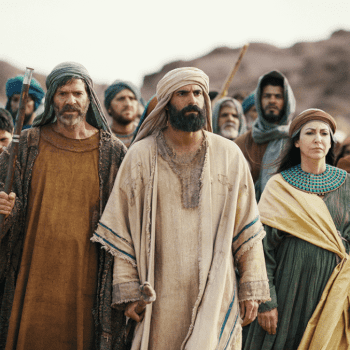by Christopher Lane
Huffington Post
On both sides of the Atlantic, a debate about the scope and limits of secularism has begun to collide once more with those wanting to increase the power and presence of religion in the public sphere.
The debate isn’t of course new, and in many cases never really went away. Almost three decades ago, to offer just one example of its cyclical quality, Richard John Neuhaus wrote “The Naked Public Sphere: Religion and Democracy in America” in an attempt to understand what was driving renewed religious mobilization on the right, including by the then-ascendant power of the Rev. Jerry Falwell’s Moral Majority. Still, with Baroness Warsi (Britain’s first female Muslim Cabinet minister) recently decrying what she called the UK’s and Europe’s “militant secularization” and Rick Santorum now serving as standard-bearer for those who view the separation of church and state in the U.S. as an unacceptable deviation from “God’s law,” it’s clearly time to revisit both the idea and practice of secularism, to determine when it works, why it sometimes fails, and what’s at stake in its underlying premises.
Last year, in a well-timed publication, Columbia University Press released a short but striking collection of essays called “The Power of Religion in the Public Sphere” that tackled these issues head-on. Featuring lively talks by Jürgen Habermas, Charles Taylor, Judith Butler, and Cornel West, as well as productive exchanges among them and an excellent afterword by religion scholar Craig Calhoun, the collection makes clear, among other things, that the “subtraction” argument, in which religion plays an ever-diminished role in secular society, not only doesn’t hold up to scrutiny, but also failed to anticipate the “widespread resurgence of interest in the public importance of religion.”
Read the rest here















